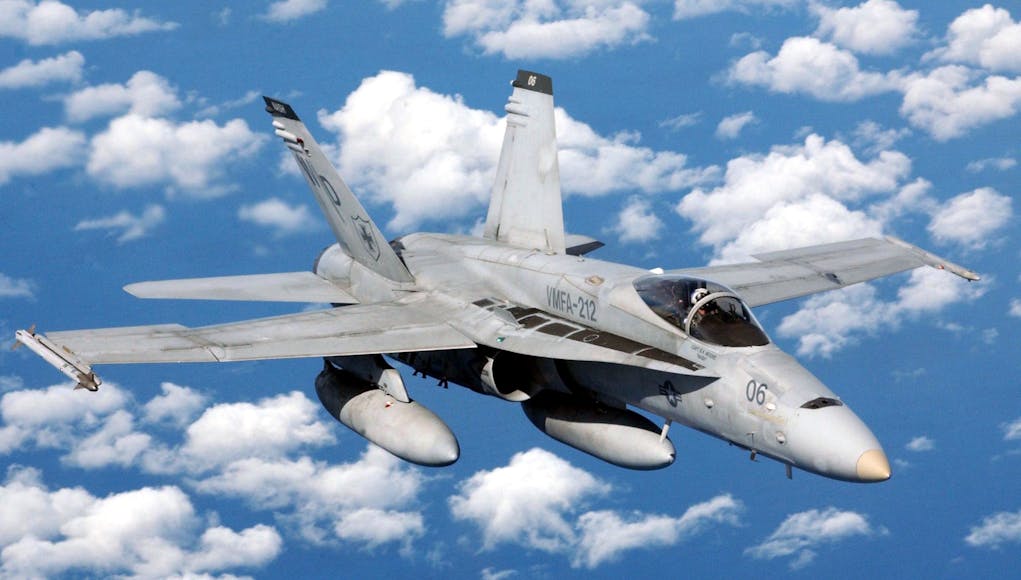The aircraft, an F/A-18C Hornet, was about 10 miles southeast of Fallon, Nevada and returning to base when the jet crashed around 10:45 am local time.
The pilot is understood to be safe and is being treated at a local hospital after ejecting.
The F/A-18C is a single-seat variant of the Hornet. The F/A-18C and D models are the result of a block upgrade in 1987 incorporating upgraded radar, avionics, and the capacity to carry new missiles such as the AIM-120 AMRAAM air-to-air missile and AGM-65 Maverick and AGM-84 Harpoon air-to-surface missiles.
Other upgrades include the Martin-Baker NACES (Navy Aircrew Common Ejection Seat), and a self-protection jammer. A synthetic aperture ground mapping radar enables the pilot to locate targets in poor visibility conditions. C and D models delivered since 1989 also have improved night attack abilities, consisting of the Hughes AN/AAR-50 thermal navigation pod, the Loral AN/AAS-38 NITE Hawk FLIR (forward looking infrared array) targeting pod, night vision goggles, and two full-colour (formerly monochrome) multi-function display (MFDs) and a color moving map.
In May 2016, two F/A-18s assigned to Strike Fighter Squadron 211 at Oceana Naval Air Station of Virginia Beach, VA were on a routine training mission when the two jets collided. The fighters were 27 miles off Cape Hatteras near the Oregon Inlet.














What about pilot? Hope he is alrite!
Ejected okay gone to hospital doing fine
We cleverly hid this information in the first paragraph of the story.